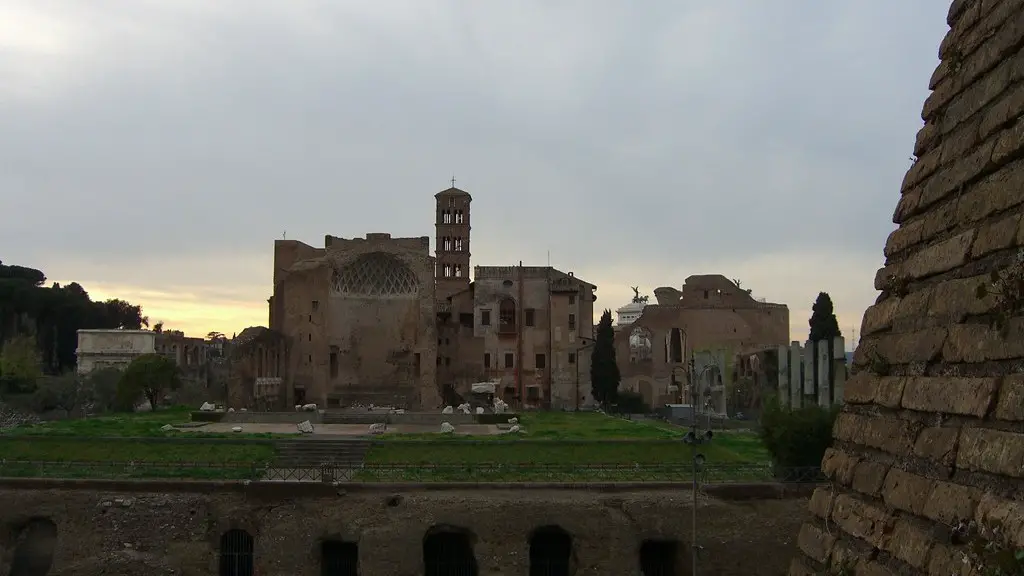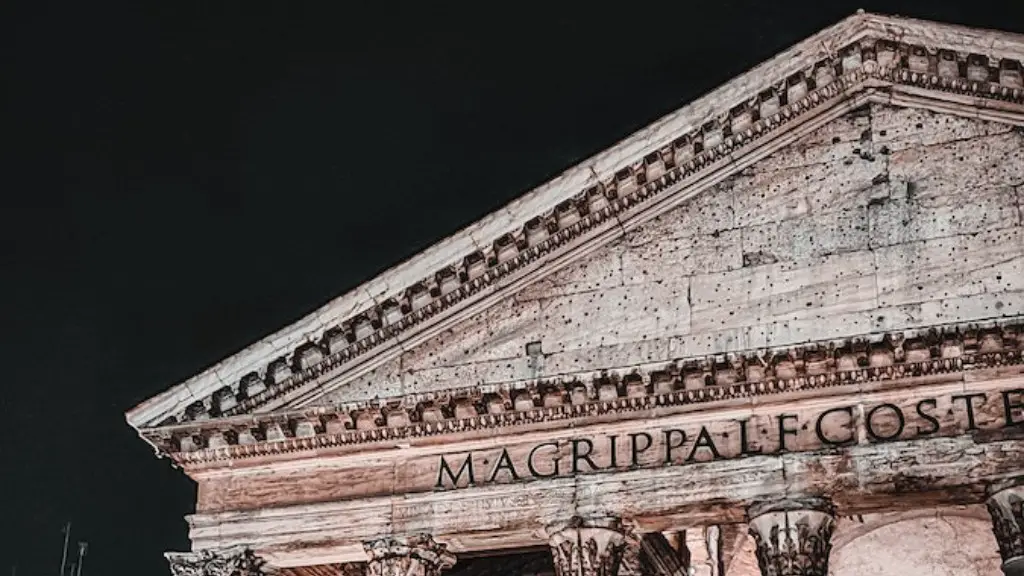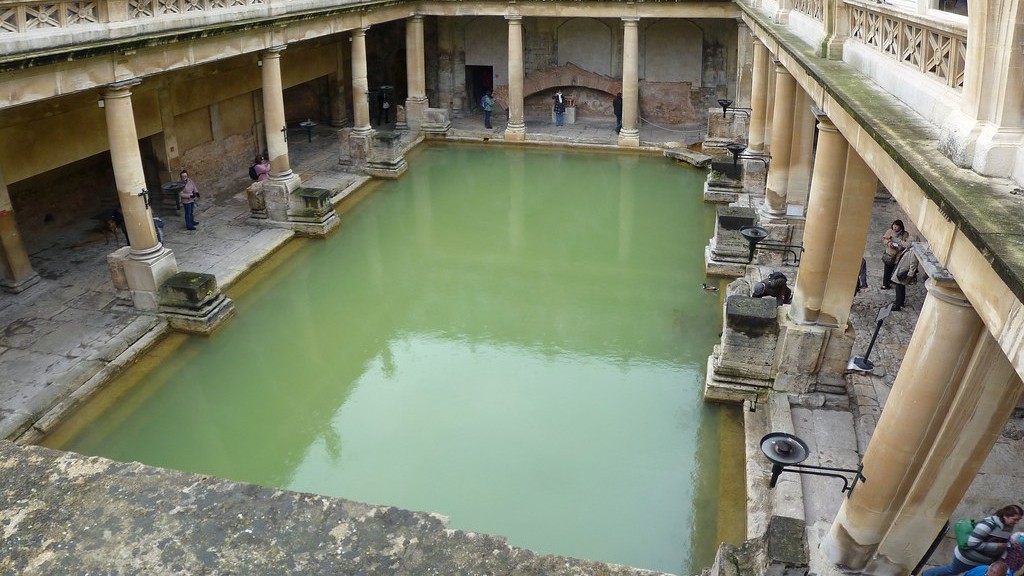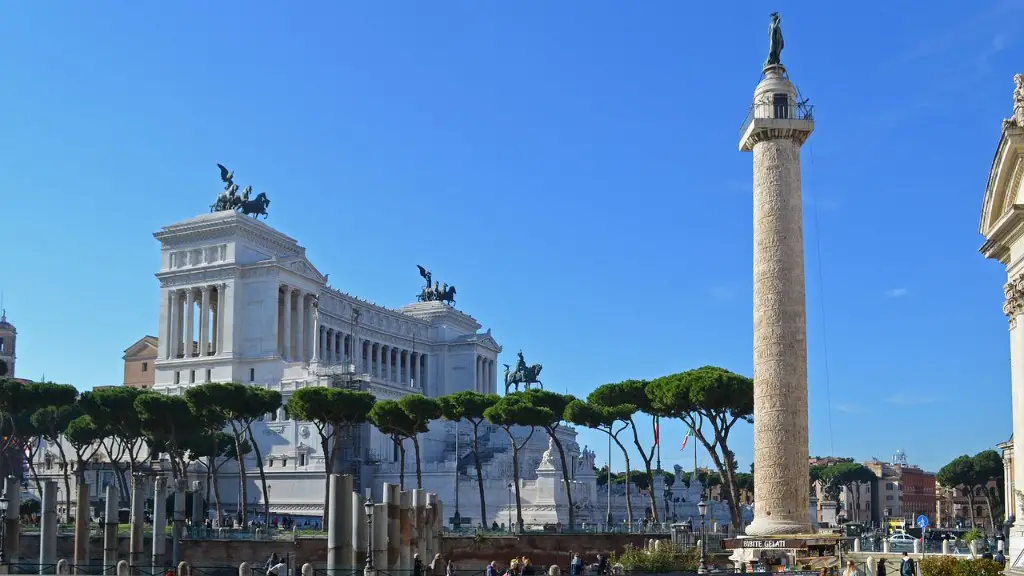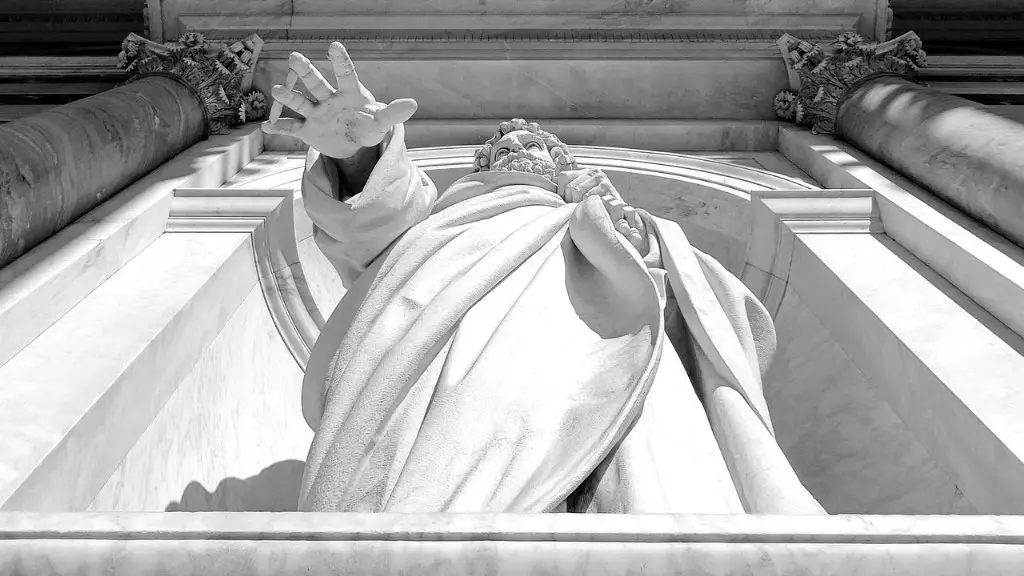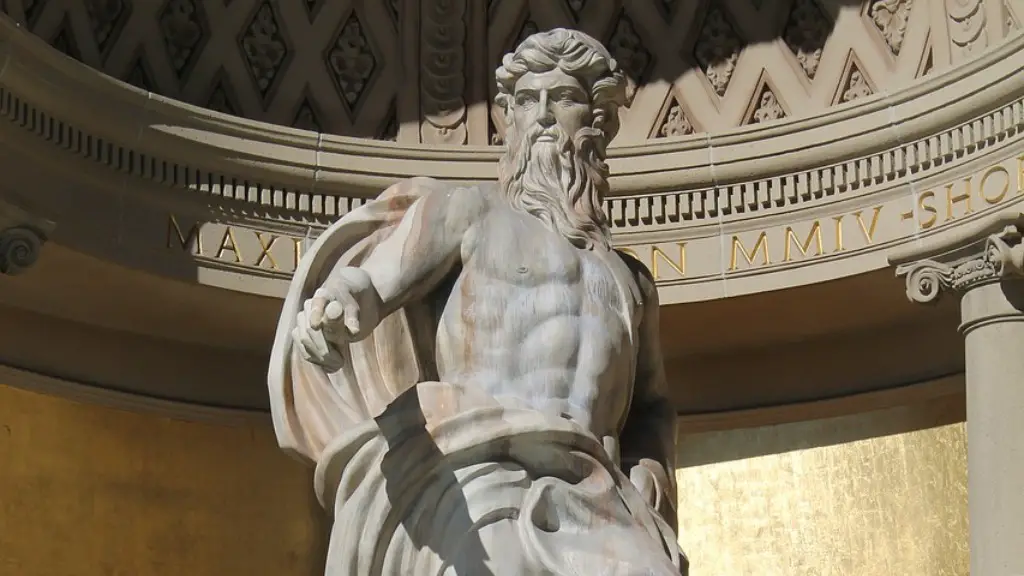When one thinks of ancient Rome, grandiose images of marble temples and mighty warriors conquering vast territories come to mind. However, what is often forgotten is the significant impact that Rome has had on modern America. From our form of government to our architecture, the influence of Rome is all around us.
Ancient Rome has had a significant influence on the United States of America. Many of the founding fathers of the United States were inspired by Rome, and sought to model the new American Republic after the Roman Republic. Roman Republic. Roman Republic.
What 3 ideas did America get from Rome?
The executive branch of the United States government is modeled after the executive branch of ancient Rome. The President of the United States is elected by the people for a four-year term and is the head of the executive branch. The President is responsible for carrying out the laws of the United States and is the commander-in-chief of the armed forces. The Vice President is also elected by the people and is the second-in-command of the executive branch. The executive branch also includes the Cabinet, which is composed of the heads of the executive departments of the government.
The legacy of Ancient Rome is still felt today in western culture in areas such as government, law, language, architecture, engineering, and religion. Many modern-day governments are modeled after the Roman Republic, which was a model of government that was based on the rule of law. The Roman Republic was influential in creating the modern concept of separation of powers, which is a key principle of many modern-day governments. Additionally, the Latin language, which was the language of the Roman Empire, is the basis for many modern languages, including English. Latin words and phrases are still used in many fields, such as law and medicine. Finally, the Roman architectural style is still evident in many modern buildings, especially in cities that were once part of the Roman Empire.
What did Ancient Rome influence
Roman law was one of the most significant influences on modern law. Many modern legal concepts, like trial by jury, civil rights, contracts, personal property, legal wills, and corporations, can trace their origins back to Roman law. The Roman way of looking at things has had a profound impact on the development of modern law.
The ancient Romans were an incredibly advanced and innovative people, responsible for many great achievements and inventions that have shaped the modern world. They were great architects and builders, responsible for some of the most impressive and durable structures in history. They also developed an incredibly efficient system of aqueducts to bring fresh water to cities and towns, which was a major engineering feat.
What 5 things did Rome give us?
The Romans were a major force in shaping the world as we know it today. Here are 13 things they did for us:
1. Fast food: The Romans were the first to introduce street stalls and ‘food on the move’ as we might think of it today.
2. Advertising and trademarks: The Romans were the first to use advertising and trademarks to promote their businesses.
3. Plumbing and sanitation: The Romans were the first to develop plumbing and sanitation systems.
4. Towns: The Romans were the first to develop towns and cities.
5. Architecture: The Romans were the first to develop many of the architectural styles we still use today.
6. Roads: The Romans were the first to build roads that connected towns and cities.
7. Our calendar: The Roman calendar was the first to use the names of the months we still use today.
8. The postal system: The Romans were the first to develop a postal system.
9. Education: The Romans were the first to develop a system of education.
10. Laws: The Romans were the first to develop a system of laws.
11. Democracy: The Romans were the first to develop a
The aqueducts, sewers, and drains of the Roman empire were some of the most impressive feats of engineering of their time. Not only did they bring clean water into cities and towns, but they also kept waste away from clean water sources. The aqueducts were used to flush the sewers and drains, keeping the city clean and healthy.
How did ancient Rome influence modern society?
The Roman Republic was a form of government that was influential in many ways. The idea of the senate, three branches of government, a system of checks and balances, and vetoes were all components of the Roman Republic. The emphasis on citizenship and the participatory role of citizens are also based on a Roman paradigm.
The list of things that the Romans have given us is long and varied. It includes roads, central heating, concrete, the calendar, and even flush toilets and sewers! All of these things have had a profound and lasting impact on the world, and we owe a great debt of gratitude to the Roman civilization for their contributions.
Why is Ancient Rome important to history
The ancient Romans were a people known for their military, political, and social institutions. They conquered vast amounts of land in Europe and northern Africa, built roads and aqueducts, and spread Latin, their language, far and wide.
Ancient Rome has had a huge influence on the development of law, war, art, literature, architecture, technology and language in the Western world. Its history continues to have a major influence on the world today.
What cultural influences did Rome have?
The Romans looked for common ground between their major gods and those of the Greeks, adapting Greek myths and iconography for Latin literature and Roman art. Etruscan religion was also a major influence, particularly on the practice of augury, since Rome had once been ruled by Etruscan kings. The Romans also believed that their own gods were the same as those of the Greeks, although they had different names. Jupiter, for example, was the Roman name for the Greek god Zeus.
The Ancient Romans were able to create such lasting structures due to their invention of hydraulic cement-based concrete. This type of concrete is much stronger and more durable than the concrete we use today, meaning that the buildings and landmarks built with it have been able to stand the test of time.
What are 5 achievements of Ancient Rome
There are many great achievements of the Roman Empire that have shaped the world today. The most obvious achievement is their vast empire, which spread over three continents. The Roman Army was also a great achievement, as it was the founding father of many cities. Additionally, the great builders of old Latin created the eternal language alphabet, which is still in use today. The Twelve Tables and the Justinian Code are also great achievements of the Roman Empire.
The Roman military medical corps was one of the first dedicated field surgery units. They were responsible for the care of soldiers on the battlefield and were able to provide advanced surgical care. They pioneered the use of the cesarean section and developed many other surgical techniques. The Roman military medical corps was a model for other armies and helped to advance the field of surgery.
What did Romans bring to us?
The Romans were a very influential people and their impact is still felt today. They gave us new towns, plants, animals, a new religion and ways of reading and counting. Even the word ‘Britain’ came from the Romans. They were a very important part of our history and we owe them a lot.
The Romans were responsible for a number of important innovations and inventions that have had a lasting impact on Britain. These include the construction of roads and public baths, the introduction of coins and Roman law. The Romans also had a significant impact on British culture, with their art, architecture and religion all leaving a lasting legacy.
What technology did the Romans invent
Roads were constructed in order to enable transportation and communication between different parts of the empire. The Roman road system was one of the most impressive feats of engineering in the ancient world.
Concrete buildings were another invention of the Romans. This type of construction was used in the construction of many public buildings, including the Colosseum and the Pantheon.
Medical tools for the battlefield were developed in order to provide aid to soldiers who were wounded in battle. Some of these tools included tourniquets and stretchers.
The Julian Calendar was developed by Julius Caesar in order to provide a more accurate way of calculating the passage of time. This calendar is still used in many parts of the world today.
The Roman empire was one of the most successful empires in history. A big part of their success was due to their engineering abilities. The Romans were the first to invent cement, which was stronger than stone. This allowed them to build huge arches and domes with it. They also used concrete to build more than 50,000 miles of roads. This helped unify the empire. Aqueducts carried water from the countryside to the city.
Conclusion
There are many ways in which Ancient Rome has influenced America. For example, Ancient Rome was one of the first societies to establish a representative government. This form of government, in which elected officials represent the people, is used in the United States today. Additionally, Ancient Rome was a pioneer in developing codes of law, which served as the basis for the American legal system. Ancient Rome’s art, literature, and architecture have also had a significant impact on American culture.
The impact of Ancient Rome on America has been profound. From the establishment of the United States Constitution to modern pop culture, the influence of Rome can be seen throughout American society. The Founding Fathers looked to Rome as a model for their new republic, drawing inspiration from its system of government and laws. Similarly, Roman culture has left a mark on American art, literature, and architecture. Today, Americans continue to be fascinated by the ancient world, and the legacy of Rome live on in America.
